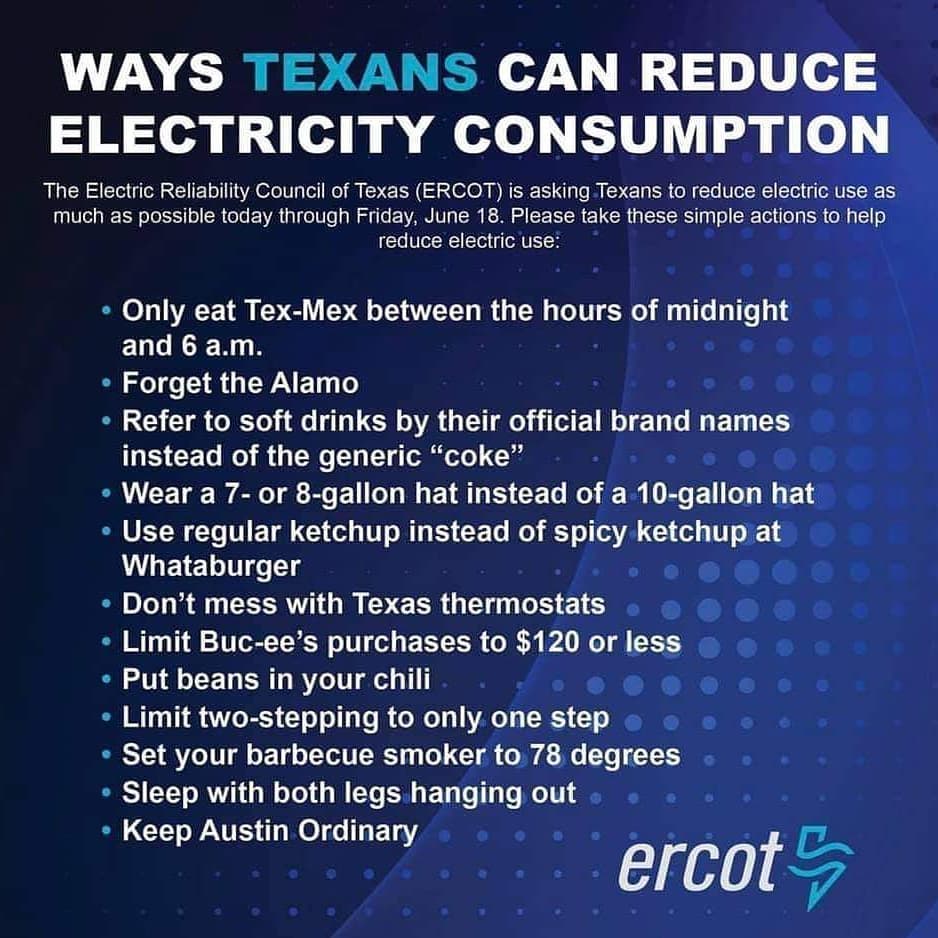Get paid millions to not use electricity. It’s brilliant.
When the news broke that Bitcoin mining company Riot Platforms made $32 million by reducing — or being willing to reduce if needed — its energy use last August in Texas, the outrage was immediate.
The state’s grid operator had frequently asked Texans to conserve electricity during sweltering summer heat, and many saw their power bills soar as they tried to stay cool. Meanwhile the state grid operator and an electricity provider effectively gave millions to a company whose industry is notorious for using gobs of electricity.
Riot made that giant sum of money because of how the state’s electricity market is designed. Companies that use large amounts of power, such as manufacturers or petrochemical plants, have long profited in similar ways.
There are two ways that large power users can make money on the state’s main power grid, according to industry experts. The Electric Reliability Council of Texas, which operates the grid, pays large industrial users that promise to reduce their power consumption as needed, giving ERCOT some wiggle room in case a power plant unexpectedly fails or power demand is higher than forecast.
A company such as Riot also can profit by buying power at negotiated rates ahead of time — retail power companies allow big companies to lock in prices that way — then selling it back into the state market when energy prices soar during extreme heat or cold. In Riot’s case, when electricity prices soared during the summer heat wave, Riot sold power back to TXU, a Dallas-based electricity provider, which sold it back to the grid.
In a September statement that was later deleted from its website, Riot characterized its actions as helping to stabilize the grid.
Riot’s windfall highlighted for everyday power consumers just how much the Texas market can benefit businesses. Critics saw particular problems with cryptocurrency.
Lee Bratcher, president of the Texas Blockchain Council, a group promoting cryptocurrency growth and innovation in Texas, said in an email that cryptocurrency operations can benefit the grid because they are able to reduce or completely shut down their operations quickly.
“Bitcoin miners can use excess power overnight and on days where demand is normal, and they can turn off on very hot or very cold days when power is scarce and electricity prices are high,” Bratcher said in an email.
But Mandy DeRoche, deputy managing attorney in the clean energy program at Earthjustice, a nonprofit environmental law group, said crypto mining businesses shouldn’t be praised for reducing power on the grid when they are using so much to begin with.
“I think that the rewards for their behavior are so lucrative and unfair,” DeRoche said, adding, “It’s like we’re bending over backwards to give money to the (crypto) miner for putting the strain on the grid and the system in the first place.”
China, which was one of the largest crypto mining hubs in the world, banned crypto mining in 2021, concerned about virtual currencies being used for criminal activity and disrupting financial systems. Cryptocurrency operations began opening in Texas, which as of March was home to five of the 10 largest Bitcoin mines in the U.S., according to an April investigation by The New York Times.
Some industry experts have advocated for Texas residents to be able to reap the same sort of benefits for using less power at critical times. Called “demand response,” it’s a way for power companies to pay or credit customers who agree to reduce their power usage when demand is high, by adjusting their thermostats or timing their energy-intensive activities like charging electric vehicles or running pool pumps at times when power demand is low.
Electricity providers such as Austin Energy and Reliant already have programs that pay customers to let the providers adjust their smart thermostats when necessary but the benefit is small. For residential customers, that typically translates to one-time bill credits that can range from $25 to $85.
Ed Hirs, a University of Houston lecturer and energy market expert, said he’s worried that more Bitcoin mines coming to the state will mean higher electricity prices for Texans.
“Why can’t I get $5 a kilowatt an hour for shutting down my power?” Hirs said. “Why are these guys getting a sweetheart deal?”
The short answer to that question is because you’re not a big campaign donor to Greg Abbott. The slightly longer answer is that this is how the rules are currently set – as noted in this story, the cryptominers are playing by the rules – and those rules only allow for the big boys to get the big bucks. Seriously:
In August 2023, Riot reported selling 300 Bitcoins for a net proceeds of $8.6 million. Meanwhile, the company said it earned $24.2 million in credits to its electric bill for selling power back to the grid.
In September 2023, Riot said it earned $9 million in net proceeds from Bitcoin sales and $11 million in credits for selling power back to the grid.
Who wouldn’t want a piece of that action? That means the rules will need to be changed, and that means…I think you know where I’m going with this. Read the rest, or read this delightful Nick Anderson cartoon that sums it all up. And remember, these are the rules until we change them.


If those millions of dollars were used to buy battery storage, we would be in a much better place with our grid. What a horrible state government we have, it cannot be more corrupt.
Thanks for including the link to the always brilliant Nick Anderson cartoon.